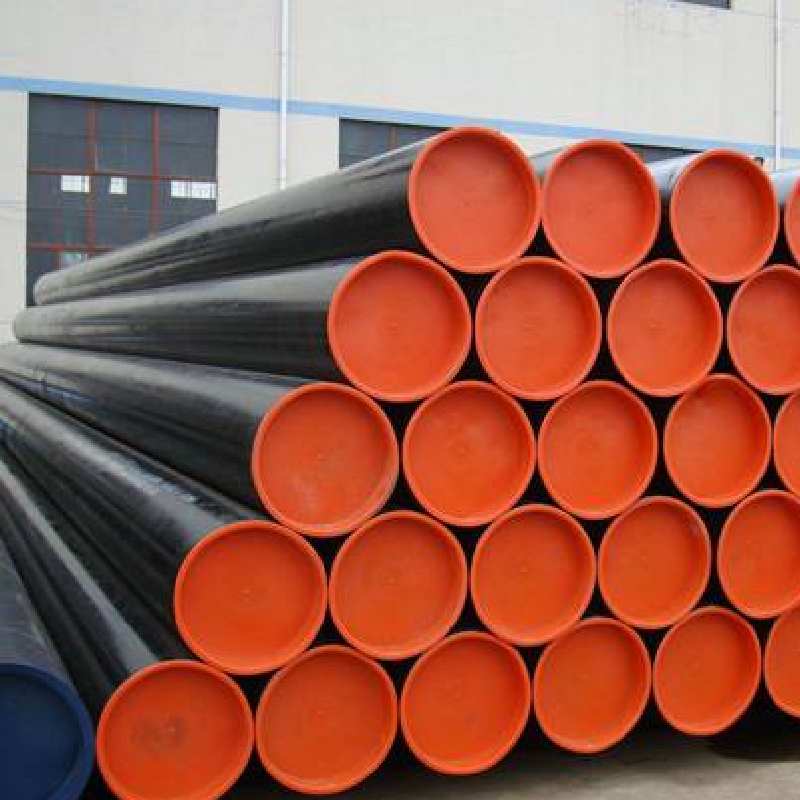-
Cangzhou Yulong Steel Co., Ltd.
-
Phone:
+86 13303177267 -
Email:
admin@ylsteelfittings.com
- English
- Arabic
- Italian
- Spanish
- Portuguese
- German
- kazakh
- Persian
- Greek
- French
- Russian
- Polish
- Thai
- Indonesian
- Vietnamese
- Zulu
- Korean
- Uzbek
- Hindi
- Serbian
- Malay
- Ukrainian
- Gujarati
- Haitian Creole
- hausa
- hawaiian
- Hebrew
- Miao
- Hungarian
- Icelandic
- igbo
- irish
- Japanese
- Javanese
- Kannada
- Khmer
- Rwandese
- Afrikaans
- Albanian
- Amharic
- Armenian
- Azerbaijani
- Basque
- Belarusian
- Bengali
- Bosnian
- Bulgarian
- Catalan
- Cebuano
- China
- China (Taiwan)
- Corsican
- Croatian
- Czech
- Danish
- Esperanto
- Estonian
- Finnish
- Frisian
- Galician
- Georgian
- Kurdish
- Kyrgyz
- Lao
- Latin
- Latvian
- Lithuanian
- Luxembourgish
- Macedonian
- Malgashi
- Malayalam
- Maltese
- Maori
- Marathi
- Mongolian
- Myanmar
- Nepali
- Norwegian
- Norwegian
- Occitan
- Pashto
- Dutch
- Punjabi
- Romanian
- Samoan
- Scottish Gaelic
- Sesotho
- Shona
- Sindhi
- Sinhala
- Slovak
- Slovenian
- Somali
- Sundanese
- Swahili
- Swedish
- Tagalog
- Tajik
- Tamil
- Tatar
- Telugu
- Turkish
- Turkmen
- Urdu
- Uighur
- Welsh
- Bantu
- Yiddish
- Yoruba

Jul . 30, 2024 10:52 Back to list
Understanding the Applications and Benefits of Blind Flange Plates in Industrial Settings
Understanding Blind Flange Plates
Blind flange plates are essential components in piping systems, utilized primarily for isolating sections of pipe and providing a blanking feature to maintain system integrity. Unlike standard flanges that allow for the connection of pipelines, blind flanges are solid and serve a unique purpose they effectively close the end of a piping system or vessel, preventing the flow of fluids. This article delves into the design, applications, and advantages of blind flange plates.
Design and Composition
Blind flange plates are designed to withstand significant pressure and temperature variations, making them suitable for various industrial applications. Typically manufactured from materials such as carbon steel, stainless steel, and alloy steel, these flanges are produced in accordance with industry standards such as ASME, ISO, and ANSI. The choice of material largely depends on the application requirements, including corrosion resistance and strength.
The dimensions of blind flange plates are standardized, with common sizes ranging from ½ inch to over 36 inches in diameter. The flange thickness is determined by the pressure class, which ranges from 150 to 2500. This classification system ensures that the blind flange can handle the operational conditions of the system it is employed in.
Applications
Blind flange plates are used in a variety of applications across different industries. In the oil and gas sector, they are commonly used to seal off pipelines during maintenance or when a section of the pipeline is taken offline. This is crucial for ensuring safety and compliance with environmental regulations. Additionally, in wastewater treatment facilities, blind flanges help manage the flow of wastewater, allowing for effective treatment without the risk of leaks.
blind flange plate

In industrial manufacturing, blind flanges are often employed in pressure vessels and reactors where a complete seal is essential. They provide a secure interface that allows for the safe maintenance of equipment without disassembly, thus minimizing downtime and enhancing operational efficiency.
Advantages
One of the primary advantages of using blind flange plates is their simplicity and effectiveness in isolating sections of a pipeline. This ability minimizes the risk of leaks, which can lead to hazardous conditions and costly downtime. Furthermore, blind flanges are relatively easy to install and remove, facilitating maintenance procedures and system adjustments.
Another significant benefit is the versatility of blind flanges. They can be customized to meet specific pressure requirements and can adapt to various pipe configurations. This makes them suitable for a wide range of industries and applications, from chemical processing to power generation.
Moreover, blind flanges contribute to the long-term operational efficiency of a system. By providing secure closure points, they reduce the likelihood of contamination and failure, which can arise from improperly sealed connections. This reliability leads to lower maintenance costs and extended equipment lifespan.
Conclusion
In summary, blind flange plates play a pivotal role in the integrity and safety of piping systems across numerous industries. Their robust design, adaptability, and effectiveness in preventing leaks make them indispensable components in the management and maintenance of pipelines and industrial equipment. Whether in oil and gas, wastewater treatment, or manufacturing, the value of blind flange plates cannot be understated. As industries continue to evolve, the demand for reliable and efficient sealing solutions such as blind flanges will undoubtedly persist, highlighting their importance in contemporary engineering practices.
Latest news
-
ANSI 150P SS304 SO FLANGE
NewsFeb.14,2025
-
ASTM A333GR6 STEEL PIPE
NewsJan.20,2025
-
ANSI B16.5 WELDING NECK FLANGE
NewsJan.15,2026
-
ANSI B16.5 SLIP-ON FLANGE
NewsApr.19,2024
-
SABS 1123 FLANGE
NewsJan.15,2025
-
DIN86044 PLATE FLANGE
NewsApr.19,2024
-
DIN2527 BLIND FLANGE
NewsApr.12,2024
-
JIS B2311 Butt-Welding Fittings LR/SR 45°/90° /180°Seamless/Weld
NewsApr.23,2024











